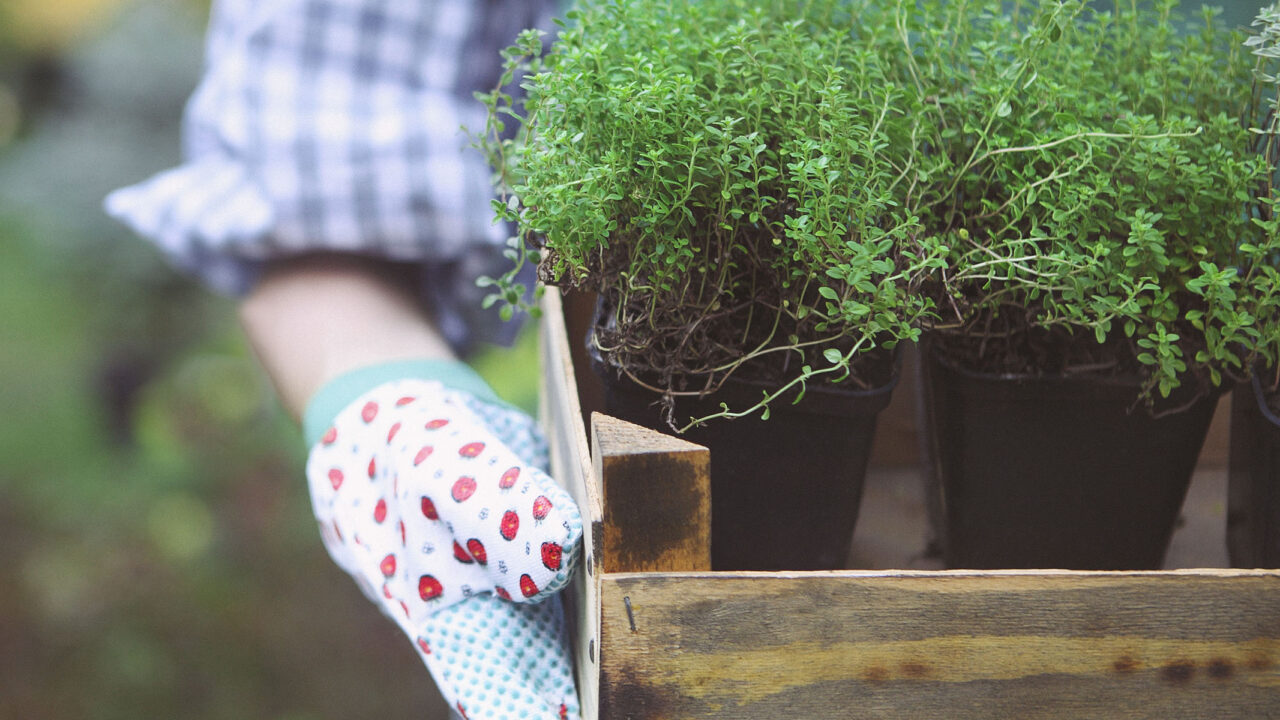Characteristics
| Hardiness zone | 5b |
|---|---|
| Foliage type | evergreen |
| Plant form | pyramidal |
| Mature height | 60 feet |
| Spread | 45 feet |
| Light requirements | full sun |
| Moisture requirements | average to moist |
| Plant origin | hybrid |
Houston's favorite garden center devoted to Texas native plants and organic gardening.
Botanical name: Cupressocyparis x leylandii
This lovely cypress presents interesting tiny sea-green foliage that is both fine and dense; pyramidal form has a slightly relaxed weeping habit that makes a beautiful visual impact as a border or accent planting; fast growing.
| Hardiness zone | 5b |
|---|---|
| Foliage type | evergreen |
| Plant form | pyramidal |
| Mature height | 60 feet |
| Spread | 45 feet |
| Light requirements | full sun |
| Moisture requirements | average to moist |
| Plant origin | hybrid |
Leyland Cypress has attractive bluish-green foliage. The tiny scale-like leaves are highly ornamental and remain bluish-green throughout the winter. Neither the flowers nor the fruit are ornamentally significant.
Leyland Cypress is a dense evergreen tree with a distinctive and refined pyramidal form. It lends an extremely fine and delicate texture to the landscape composition which can make it a great accent feature on this basis alone.
This is a relatively low maintenance tree. When pruning is necessary, it is recommended to only trim back the new growth of the current season, other than to remove any dieback. Deer don't particularly care for this plant and will usually leave it alone in favor of tastier treats. It has no significant negative characteristics.
Leyland Cypress is recommended for the following landscape applications;
Accent, Vertical Accent, Mass Planting, Hedges/Screening
Leyland Cypress will grow to be about 60 feet tall at maturity, with a spread of 45 feet. It has a low canopy with a typical clearance of 3 feet from the ground, and should not be planted underneath power lines. It grows at a fast rate, and under ideal conditions can be expected to live for 60 years or more.
This tree should only be grown in full sunlight. It does best in average to evenly moist conditions, but will not tolerate standing water. It is not particular as to soil type, but has a definite preference for acidic soils. It is somewhat tolerant of urban pollution. This particular variety is an interspecific hybrid.
